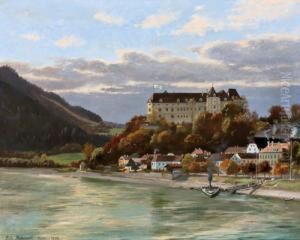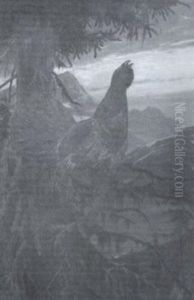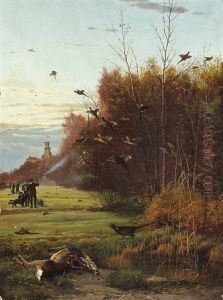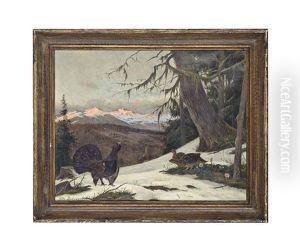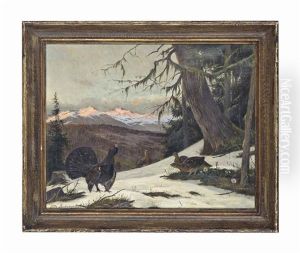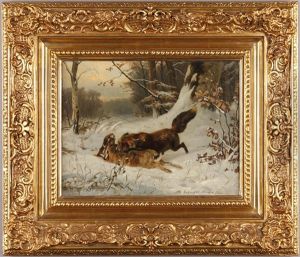Otto Recknagel Paintings
Otto Recknagel was a German painter born in 1883, known for his contribution to the early 20th-century art movements in Germany. His works encompass a range of styles, from Expressionism to elements of the New Objectivity, reflecting the turbulent societal shifts and artistic explorations of his time. Recknagel's early life was marked by a traditional education in the arts, attending prominent art schools where he honed his craft under the guidance of influential teachers of the era. His early works were characterized by bold expressions and a vibrant use of color, capturing the emotional intensity and psychological depth of his subjects.
Over the years, Recknagel's art evolved in response to the changing political and social landscape of Germany, particularly during and after the World Wars. The devastation and human suffering he witnessed influenced his artistic direction, leading to a more nuanced and sometimes somber reflection in his paintings. He explored themes of human condition, nature, and the societal impacts of technology and war, making his work relevant and resonant with contemporary issues.
Despite facing the challenges of working in an era marked by conflict and censorship, Recknagel managed to maintain a distinctive voice. His ability to adapt and explore different artistic styles while remaining true to his thematic concerns is a testament to his versatility and resilience as an artist. His contributions were recognized in his time, leading to exhibitions in prominent galleries and museums, although today he may not be as widely known as some of his contemporaries.
Recknagel's legacy is that of an artist who captured the essence of his time through a diverse and evolving body of work. He remained committed to his art until his death in 1965, leaving behind a rich portfolio that continues to be studied and appreciated for its historical significance and artistic value. Through his paintings, Otto Recknagel offers a window into the complexities of early to mid-20th-century Germany, making his work an important part of the country's artistic heritage.




